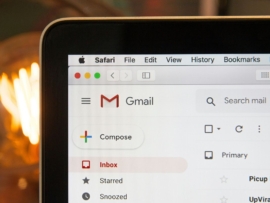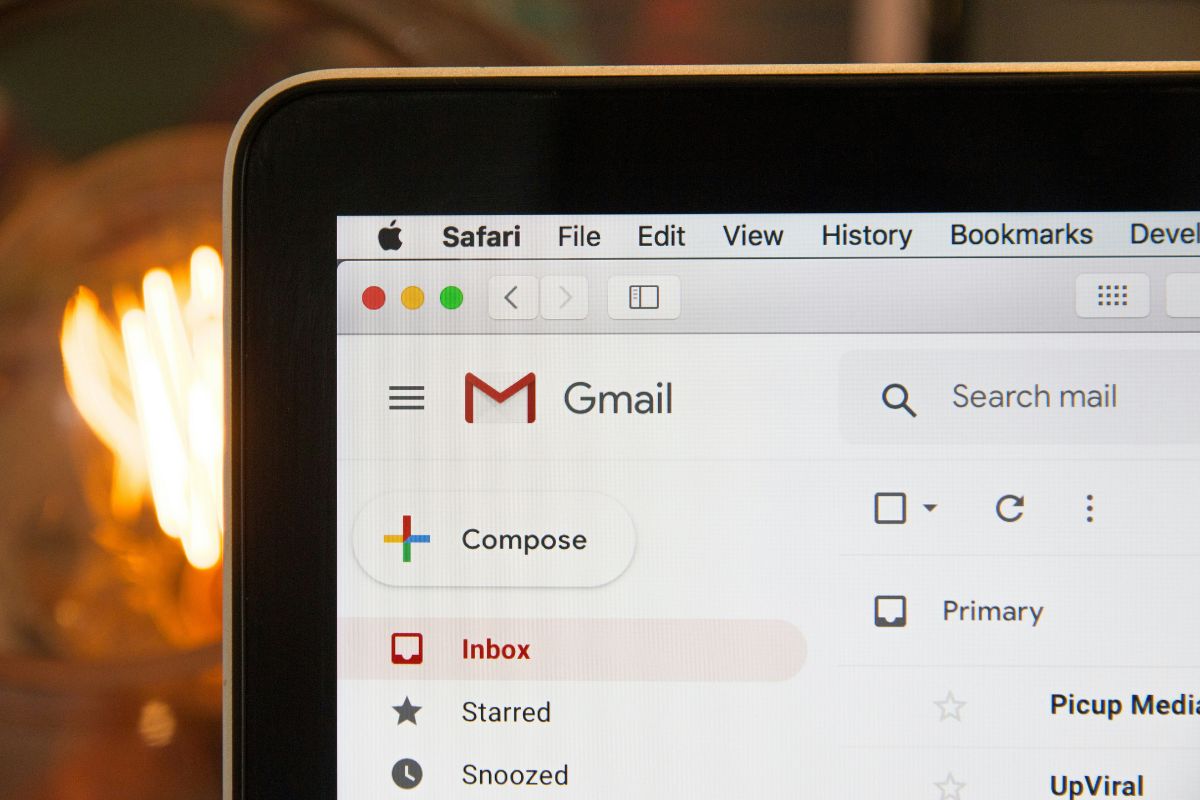
If you use Gmail for work, shopping, or staying in touch, your account might be a part of a massive new leak.
Security researchers have found a trove of 3.5 terabytes of stolen data containing 183 million unique accounts, including 16.4 million addresses. The dataset is now searchable through Have I Been Pwned, a site that tracks global data breaches. The collection reportedly originated from infostealer malware campaigns that captured login details from infected devices, along with reused credentials leaked in older breaches.
While Google confirmed that its own systems were not directly compromised, experts say the size and content of this breach raise serious concerns about how easily stolen passwords can spread through underground networks and be reused in phishing credential-stuffing attacks. Both everyday Gmail users and enterprise Google Workspace customers are being urged to take precautions.
A closer look at the newly exposed data
While Gmail itself wasn’t directly compromised, Michael Tigges, a security analyst at Huntress, told Yahoo News that the attack should serve as a warning to anyone who relies on their web browsers to store credentials.
“The event here is not one of any specific data breach, but instead aggregated and uploaded data from millions of stealer malware logs,” said Tigges. He also emphasized that this incident underscores the importance of using unique credentials across services and maintaining strong visibility over both personal and business email security.
According to Prolific North, about 16.4 million of the credentials were new to breach databases, meaning they had not been publicly exposed before. Have I Been Pwned confirmed that the dataset had been added to its searchable index, allowing users to check whether their email addresses were part of the exposure.
Why the leak matters beyond Gmail
Although this incident did not result from a Gmail server hack, its effects reach far beyond the individual inboxes. According to Yahoo News, instead of targeting Google’s infrastructure, criminals deployed RedLine and Vidar to harvest login credentials from infected computers over months, aggregating a massive database of stolen passwords.
Since many users reuse the same passwords across personal and professional accounts, a stolen Gmail account could grant access to business tools, cloud dashboards, or corporate systems. It’s essentially digital pickpocketing on an industrial scale, except thieves can now impersonate you online.
Cybersecurity expert Troy Hunt told the Daily Mail, “Once the bad guys have your data, it often replicates over and over again via numerous channels and platforms.” Hunt also said that it’s not just the password associated with your email account that has been potentially compromised, but the unique passwords you use on other websites are also at risk.
For individuals, this could lead to fake password-reset messages or suspicious login alerts. For businesses, it underscores the importance of securing employee identities and requiring multifactor authentication for every service connected to Gmail or Google Workspace.
Steps users and companies should take now
Security experts recommend that anyone with a Gmail address check Have I Been Pwned to see if their credentials appear in the dataset. If they do, passwords should be changed immediately and two-factor authentication or passkeys enabled.
IT administrators should take this opportunity to review company sign-in policies and enforce multifactor authentication, restrict the use of personal Gmail accounts for business access, and audit integrations linked to Google Workspace.
Even without a direct Gmail compromise, the exposure emphasizes how identity protection has become the most critical line of defense in modern cybersecurity. Strong authentication, unique passwords, and continuous employee education remain the best protection against these attacks.
To learn practical steps for responding to incidents like this, read TechRepublic’s guide on how to manage a data breach.








